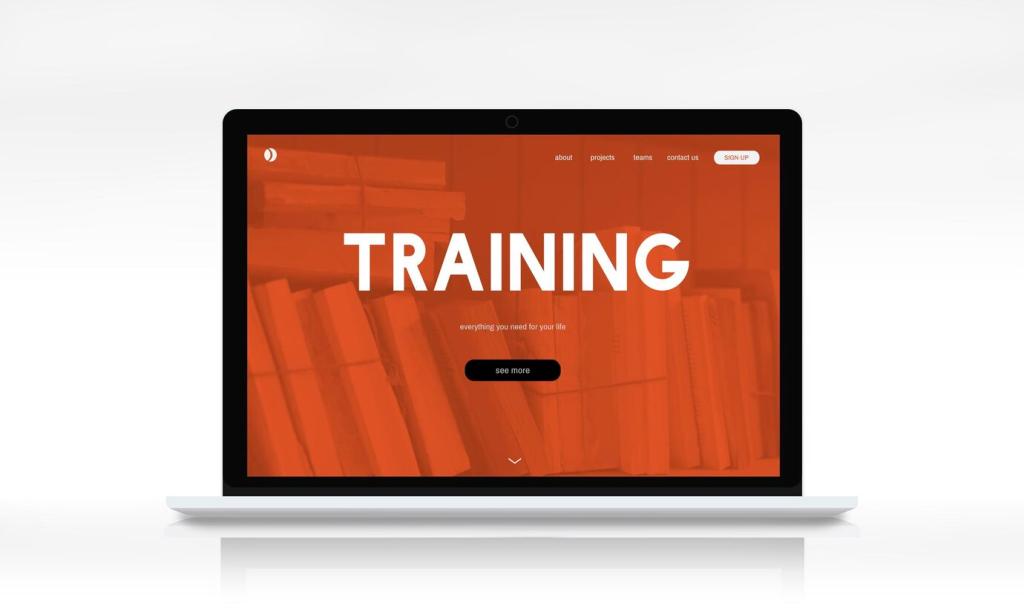The Psychology Behind Confidence in Digital Learning
Digital learning tools can strengthen self‑efficacy by delivering timely, specific feedback that highlights what worked and why. When learners understand the cause of success, they trust themselves more and keep going despite difficulty.
The Psychology Behind Confidence in Digital Learning
Interfaces that normalize mistakes and spotlight improvement nudge learners toward growth. Thoughtful microcopy like “Not yet, try this tip” reframes errors as steps forward, helping users return with curiosity rather than self‑doubt or avoidance.
The Psychology Behind Confidence in Digital Learning
Scores alone rarely tell the emotional story. Tools that track persistence, time on task, and recovery after mistakes provide richer confidence signals, encouraging learners to value progress patterns instead of perfection or single performance snapshots.
The Psychology Behind Confidence in Digital Learning
Lorem ipsum dolor sit amet, consectetur adipiscing elit. Ut elit tellus, luctus nec ullamcorper mattis, pulvinar dapibus leo.








